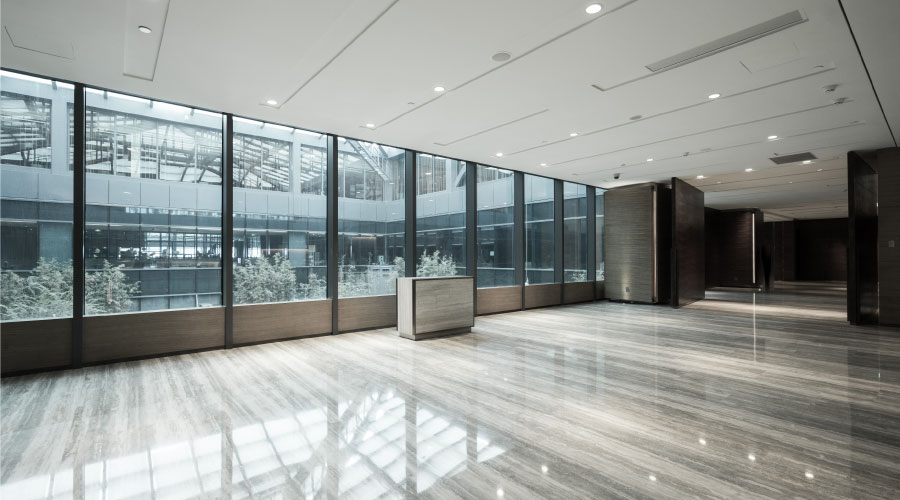Variety of Carpet Options Can Earn LEED Points
In the world of carpet, capturing LEED points is a viable goal in a variety of categories. MR in LEED for New Construction (NC) is one example. LEED points for carpet selection can be gained by focusing on reuse, such as mandating the use of existing interior nonstructural floor covering elements in at least 50 percent of the completed building. The premise is to extend product lifecycles, conserve resources, retain cultural resources and reduce waste.
Up to two points are available under MR in LEED-NC if the project diverts construction and demolition debris from disposal in landfills and incineration facilities. The motivation is to re-direct recyclable recovered resources back to the manufacturing process and reusable materials to appropriate sites. Facility managers can help work toward LEED points regarding the use of carpet by mandating the recycling or salvaging of nonhazardous construction and demolition debris, establishing goals for diversion from disposal in landfills and incineration facilities, and adopting a construction waste management program.
Still another one to two points can be had in the MR section if flooring materials are reused. Salvaged, refurbished or reused materials should constitute at least 5 percent of the total value of materials on the project. Materials with recycled content that make up at least 10 percent of the cost of the project materials also help capture LEED points.
Wood products have received a lot of attention lately, thanks to import issues from China. For LEED credits, points are available to encourage environmentally responsible forest management. In just one of several criteria dedicated to wood, LEED parameters require using a minimum of 50 percent (based on costs) of wood-based materials and products that are certified in accordance with the Forest Stewardship Council's principles and criteria for wood building components.
Laying a Strong Foundation
Proper installation of a sustainable flooring product is essential to reap the benefits that the LEED system is intended to deliver.
To shield a LEED project from unnecessary loss of points, facility managers should require that the flooring contractor places trained, certified crews on the job site. It is important to always be sure that the flooring contractor is competent and staffed with well-trained installers before they arrive on your job site.
Facility managers should find out if their installer has participated in any sort of green training program. Installers should know about natural carpet fibers and adhesives, proper recycling practices, low-VOC materials, how green practices contribute to healthful indoor environmental quality, and how the installation process affects eligibility for LEED points. They should also be well-versed in environmentally preferable building materials, including those made from salvaged or recycled products and those that both save energy and contribute to a safe and healthful environment.
The best green product in the world will be useless if installed improperly, or without regard to adhering to LEED's standards. An installer without the knowledge of VOC emissions of opened adhesives, for instance, can invalidate a LEED application for indoor air quality.
Regardless of a green project's size, shape, schedule, or budget, it pays to keep a sharp eye on the flooring component. By carefully specifying flooring products and installation crew requirements, facility managers put themselves in a position to garner LEED points for floor covering.
John McGrath is director of INSTALL, the International Standards and Training Alliance. McGrath is a three-decade veteran in the floor covering industry, with expertise in the installation of carpet, resilient, and underlayment.
Related Topics:












